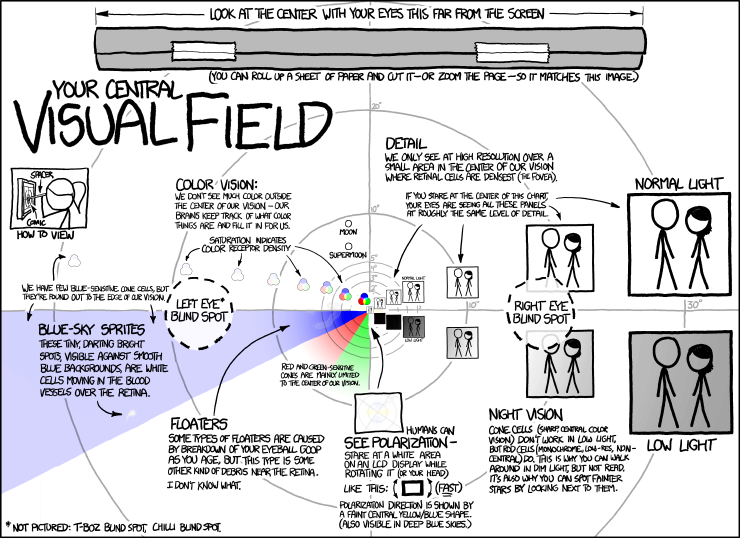It appears that a series of papers, written by a German business professor, are being retracted. This particular scandal doesn't seem to involve data fabrication, though. Instead, he is accused of double-publishing (publishing the same work in multiple journals) and also of making errors in his analyses (this lengthy article -- already linked to above -- discusses the issues in detail).
It's possible that I was not paying attention before, but there seems to be more publication scandals lately than I remember. When working on my paper about replication, I actually had to look pretty hard to find examples of retracted papers in psychology. That wouldn't be so difficult at the moment, after Hauser, Smeeters and Sanna.
If there is an increase, it's hopefully due not to an increase in fraud but an increase in vigilance, given the attention the issue has been getting lately.
It's possible that I was not paying attention before, but there seems to be more publication scandals lately than I remember. When working on my paper about replication, I actually had to look pretty hard to find examples of retracted papers in psychology. That wouldn't be so difficult at the moment, after Hauser, Smeeters and Sanna.
If there is an increase, it's hopefully due not to an increase in fraud but an increase in vigilance, given the attention the issue has been getting lately.

















